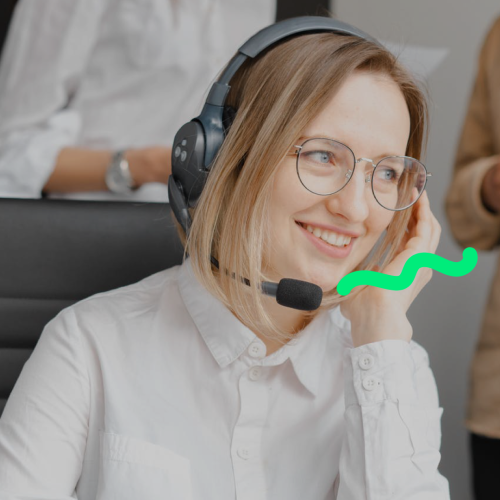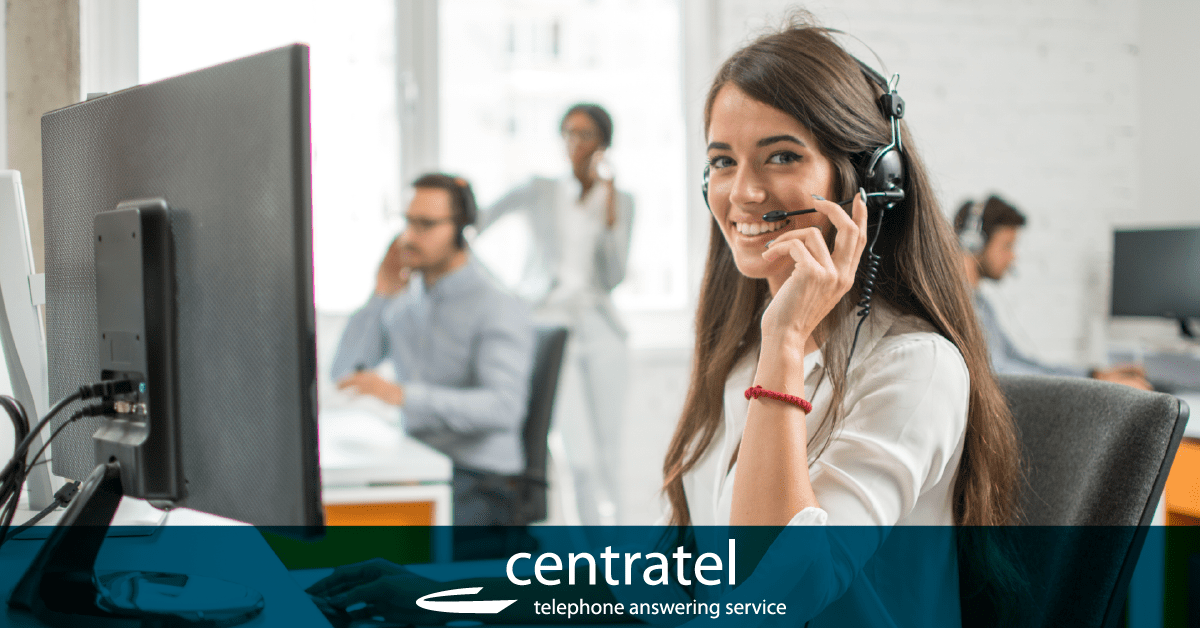All Categories
Featured
Table of Contents
- – What Is The Best What Is A Phone Answering Serv...
- – Which Is The Best What Is An Answering Service...
- – Whats The Best What Is An Answering Services &...
- – Who Has The Best How To Start An Answering Se...
- – What Is The Best How To Answer The Phone Prof...
- – What Is The Best What Is A Telephone Answeri...
What Is The Best What Is A Phone Answering Service, And How Does It Work? On The Market Now
This device and its followers were created by Sava Jacobson, an electrical engineer with a private consulting service. While early answering devices utilized magnetic tape innovation, most contemporary equipment utilizes strong state memory storage; some gadgets utilize a combination of both, with a solid-state circuit for the outgoing message and a cassette for the inbound messages.
"toll saving" listed below) (virtual telephone answering). This works if the owner is screening calls and does not want to speak with all callers. In any case after going, the calling party should be notified about the call having been responded to (most of the times this begins the charging), either by some remark of the operator, or by some welcoming message of the TAD, or addressed to non-human callers (e.
This holds specifically for the Little bits with digitally kept welcoming messages or for earlier devices (before the rise of microcassettes) with an unique endless loop tape, separate from a second cassette, devoted to recording. There have actually been answer-only devices without any recording abilities, where the welcoming message needed to notify callers of a state of existing unattainability, or e (business answering service).
Which Is The Best What Is An Answering Service And Why Use One? Company?

about availability hours. In recording TADs the greeting normally includes an invite to leave a message "after the beep". A voice mail that uses a microcassette to tape messages On a dual-cassette answerphone, there is an outbound cassette, which after the defined variety of rings plays a pre-recorded message to the caller.

Single-cassette answering makers include the outbound message at the start of the tape and incoming messages on the staying area. They initially play the announcement, then fast-forward to the next offered area for recording, then record the caller's message. If there are lots of previous messages, fast-forwarding through them can cause a considerable hold-up.
This beep is typically described in the welcoming message, requesting that the caller leave a message "after the beep". Littles with digital storage for the tape-recorded messages do not show this delay, of course. A little bit might use a push-button control facility, whereby the answerphone owner can ring the house number and, by getting in a code on the remote telephone's keypad, can listen to recorded messages, or delete them, even when far from home.
Whats The Best What Is An Answering Services & How Does It Work? To Buy

Consequently the maker increases the variety of rings after which it responds to the call (typically by 2, leading to 4 rings), if no unread messages are currently saved, but responses after the set number of rings (typically 2) if there are unread messages. This enables the owner to discover whether there are messages waiting; if there are none, the owner can hang up the phone on the, e.
Some machines likewise permit themselves to be remotely triggered, if they have actually been turned off, by calling and letting the phone ring a certain large number of times (generally 10-15). Some service suppliers desert calls already after a smaller number of rings, making remote activation difficult. In the early days of TADs an unique transmitter for DTMF tones (dual-tone multi-frequency signalling) was regionally needed for remote control, given that the formerly utilized pulse dialling is not apt to convey appropriate signalling along an active connection, and the dual-tone multi-frequency signalling was carried out step-by-step.
Any incoming call is not recognizable with regard to these properties in advance of going "off hook" by the terminal devices. So after going off hook the calls must be switched to appropriate gadgets and just the voice-type is instantly accessible to a human, however maybe, nonetheless should be routed to a LITTLE BIT (e.
Who Has The Best How To Start An Answering Service Business?
What if I told you that you do not need to actually pick up your gadget when addressing a client call? Somebody else will. So convenient, ideal? Answering call does not require someone to be on the other end of the line. Efficient automated phone systems can do the trick simply as effectively as a live representative and sometimes even better.
An automatic answering service or interactive voice reaction system is a phone system that communicates with callers without a live individual on the line - phone answering. When companies use this technology, customers can get the answer to a question about your service just by utilizing interactions established on a pre-programmed call flow.
Although live operators update the client service experience, many calls do not need human interaction. A basic taped message or guidelines on how a customer can recover a piece of info typically resolves a caller's immediate need - phone answering service. Automated answering services are a basic and efficient way to direct inbound calls to the best individual.
What Is The Best How To Answer The Phone Professionally (With Examples) In The World
Notification that when you call a company, either for support or product query, the very first thing you will hear is a pre-recorded voice welcoming and a series of choices like press 1 for consumer service, press 2 for queries, and so on. The pre-recorded choices branch off to other options depending upon the customer's selection.
The phone tree system helps direct callers to the best person or department using the keypad on a cellphone. In some instances, callers can utilize their voices. It deserves noting that auto-attendant choices aren't limited to the 10 numbers on a phone's keypad. As soon as the caller has chosen their first choice, you can create a multi-level auto-attendant that uses sub-menus to direct the caller to the best sort of support.
The caller does not need to communicate with a person if the auto-attendant phone system can handle their concern. The automated service can route callers to a worker if they reach a "dead end" and require assistance from a live agent. It is pricey to employ an operator or executive assistant.
What Is The Best What Is A Telephone Answering Service And What Are The ... In The World Right Now
Automated answering services, on the other hand, are significantly less costly and provide substantial cost savings at approximately $200-$420/month. Even if you don't have dedicated personnel to manage call routing and management, an automated answering service improves productivity by allowing your team to focus on their strengths so they can more efficiently spend their time on the phone.
A sales lead routed to client service is a lost shot. If a customer who has product concerns reaches the wrong department or gets incomplete answers from well-meaning workers who are less trained to manage a particular type of concern, it can be a reason for aggravation and frustration. An automatic answering system can reduce the variety of misrouted calls, thereby assisting your employees make better use of their phone time while maximizing time in their calendar for other tasks.
With Automated Answering Systems, you can produce an individualized experience for both your personnel and your callers. Make a recording of your main greeting, and merely update it frequently to reflect what is going on in your company. You can create as numerous departments or menu alternatives as you want.
Table of Contents
- – What Is The Best What Is A Phone Answering Serv...
- – Which Is The Best What Is An Answering Service...
- – Whats The Best What Is An Answering Services &...
- – Who Has The Best How To Start An Answering Se...
- – What Is The Best How To Answer The Phone Prof...
- – What Is The Best What Is A Telephone Answeri...
Latest Posts
Affordable Answering Service – Sydney 2150
Top-Tier Remote Receptionist with Elite Features
Most Affordable 24/7 Answering Service
More
Latest Posts
Affordable Answering Service – Sydney 2150
Top-Tier Remote Receptionist with Elite Features
Most Affordable 24/7 Answering Service